Raising cubs is a profound and intricate journey in the world of big cats. While we often admire these majestic creatures for their beauty and strength, their nurturing instincts are equally captivating. This article delves into the fascinating and often little-known aspects of how big cats like lions, tigers, leopards, and cheetahs nurture and rear their young. From their protective instincts to the unique survival strategies they impart to their cubs, these remarkable maternal stories reveal the softer side of the wild.
Maternal Solitude: The Life of a Lone Huntress
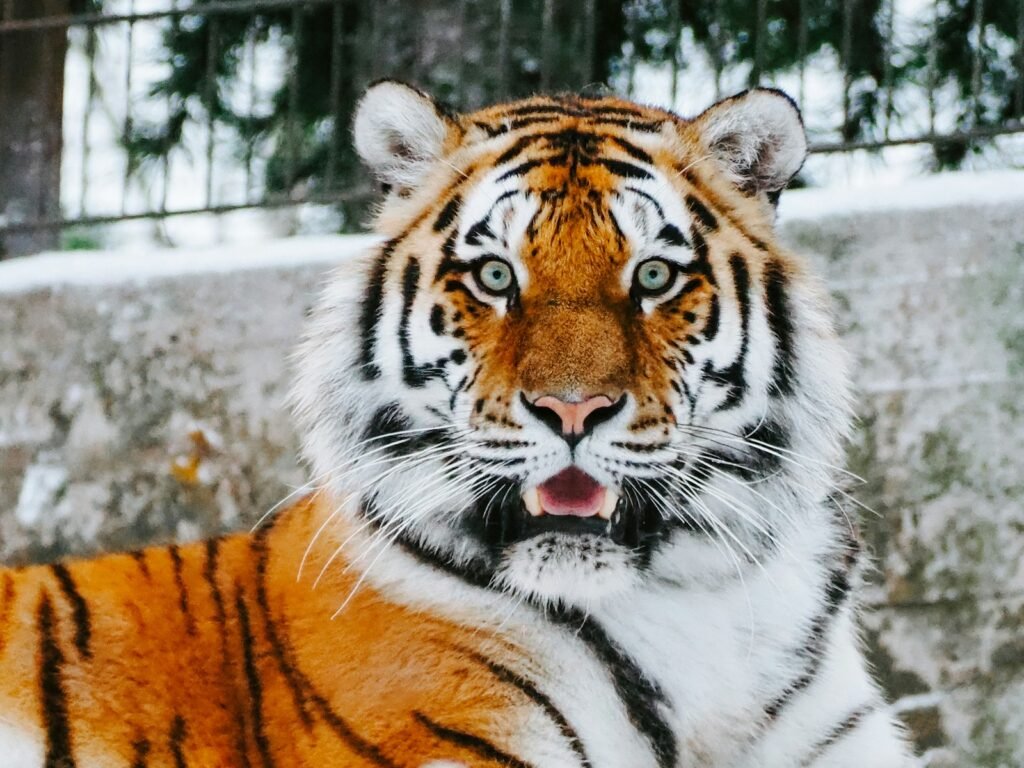
Unlike prides of lions where communal raising occurs, many big cat mothers like tigers and leopards raise their cubs in isolation. This solitary upbringing means the mothers not only hunt alone but also train, protect, and groom their offspring single-handedly. The advantage lies in the mother’s ability to focus entirely on her cubs, ensuring they learn essential survival skills without distraction. This solitude, while demanding, guarantees the exclusivity of parental attention and care for her cubs.
Early Independence: Nature’s Tough Love
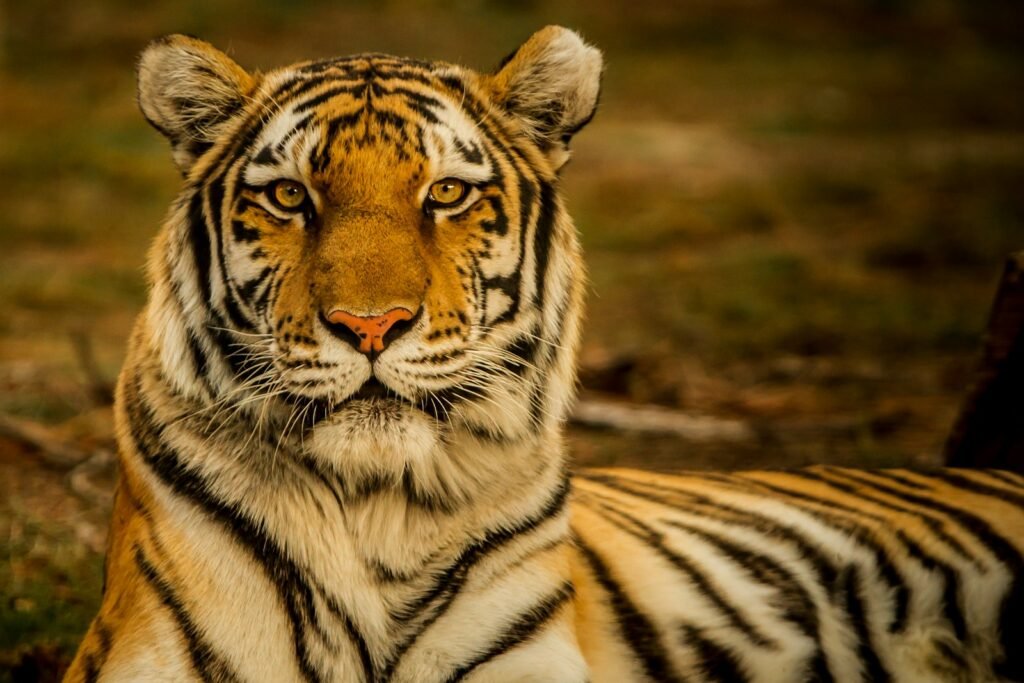
Big cat cubs are often weaned very early in their lives, with some species starting as soon as two to three months old. This early weaning marks the beginning of their journey towards self-reliance. Mothers introduce their offspring to meat gradually, phasing out their dependence on milk. This nurturing strategy encourages their rapid development and prepares them for self-sufficient life in the wild.
Play as a Learning Tool
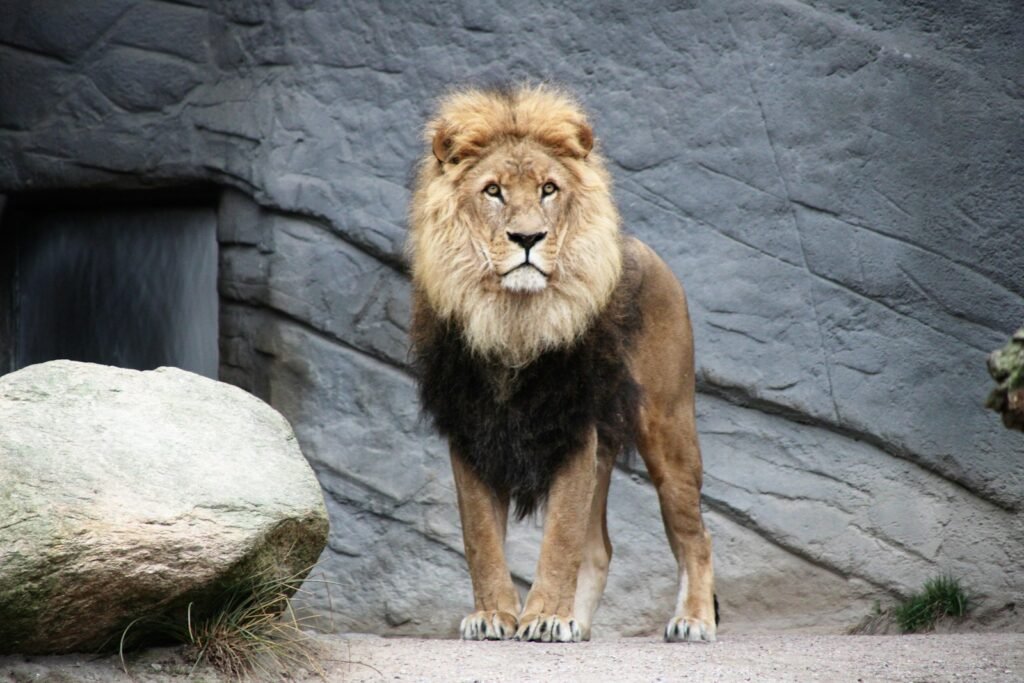
What may look like simple play is actually one of the most critical learning processes for big cat cubs. Through playful activities like pouncing, stalking, and chasing, cubs hone their hunting skills. Mothers often engage their cubs in these playful bouts, subtly teaching them techniques that will be vital for hunting prey in the future. This interaction ensures the cubs develop agility and coordination necessary for survival.
Vocal Communication: The Language of Nurture
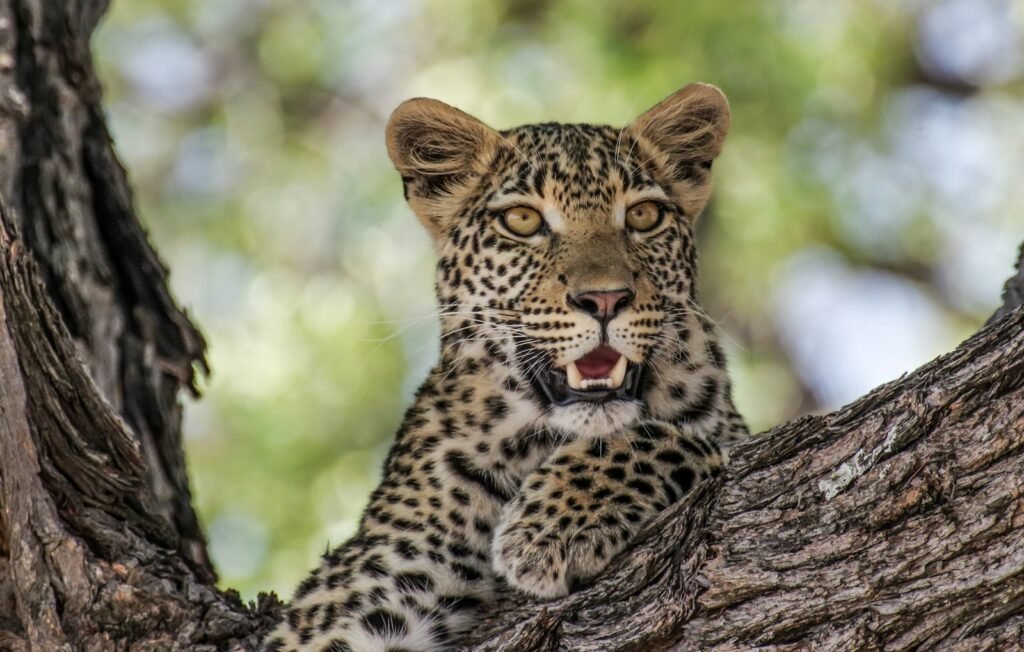
Big cat mothers and their cubs frequently utilize unique vocalizations to communicate. Each set of vocalizations can vary from subtle purrs to loud calls, each serving a specific purpose. These sounds help maintain bonds within their group and also signal distress or danger. This intricate language ensures security and cohesion, even when the cubs start to explore their surroundings more independently.
Concealment and Safety First Strategy
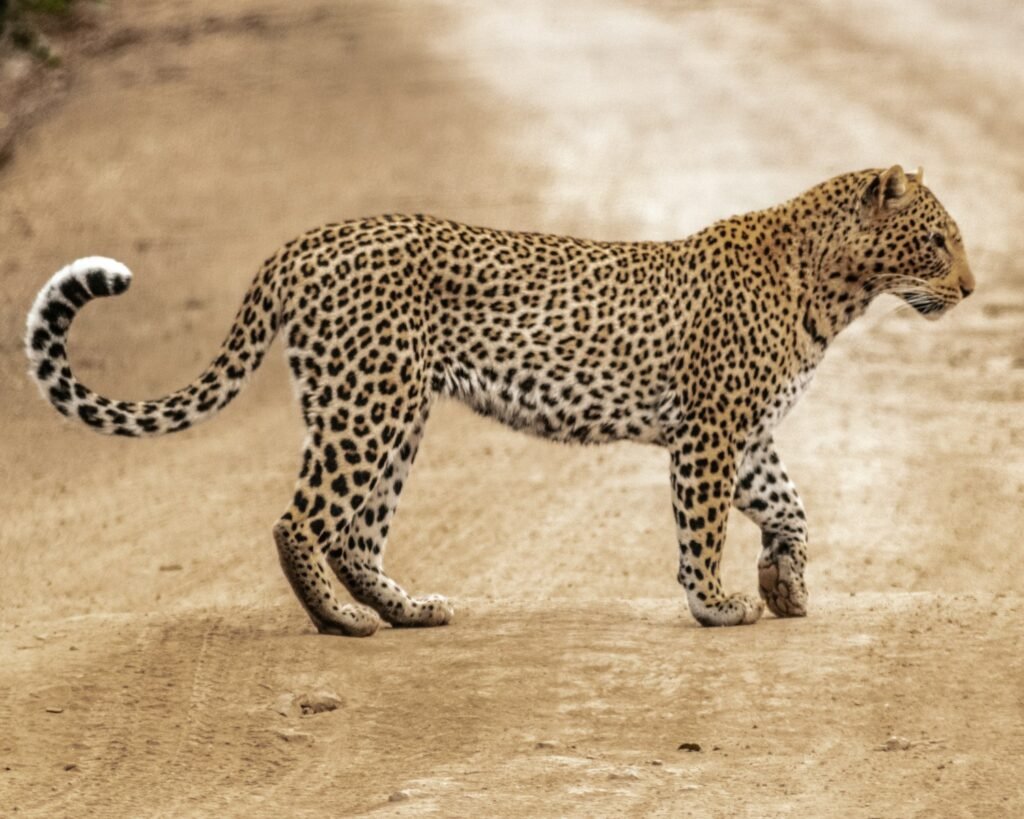
Big cats are experts at camouflage, and this skill extends to their parenting tactics. Mothers often hide their young in dense thickets or secluded dens to keep them safe from predators. Concealment isn’t just about hiding—it’s about teaching the cubs the importance of stealth and the significance of blending in with their natural habitat. These hideouts provide a secure environment for the cubs until they are old enough to accompany their mother.
Shared Parenting in Lion Prides
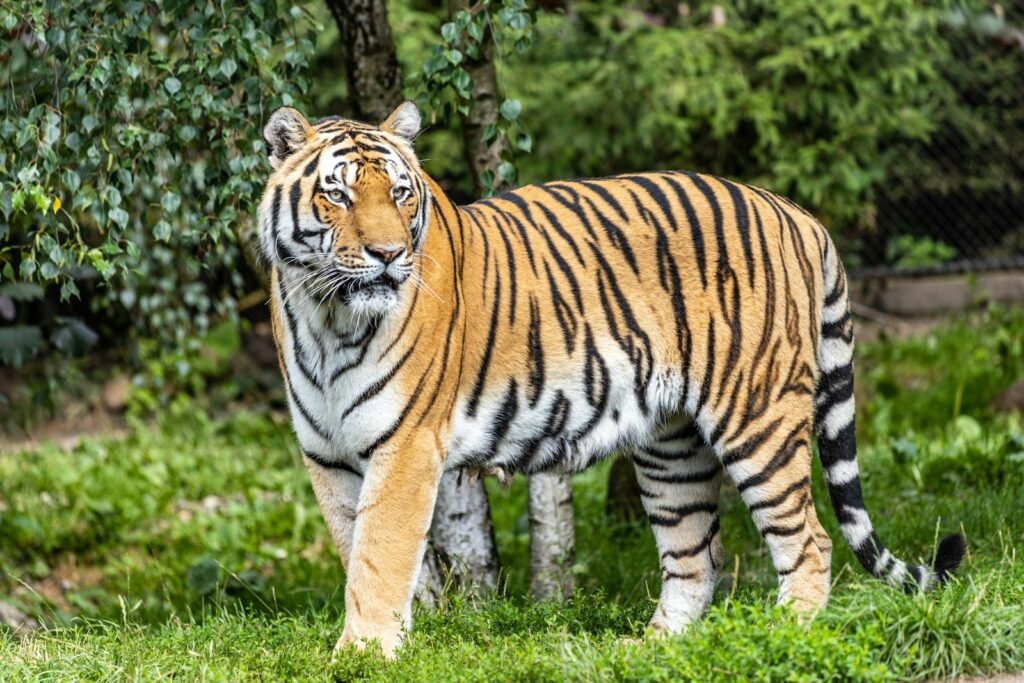
In stark contrast to the solitary rearing seen in other big cats, lion cubs benefit from a more communal upbringing. Within a pride, female lions collaborate to raise and protect their cubs. This communal care means that while some females go hunting, others look after the cubs. This system not only ensures that all the cubs have adult supervision at all times but also strengthens the social structure of the pride.
Integration into Hierarchical Structures
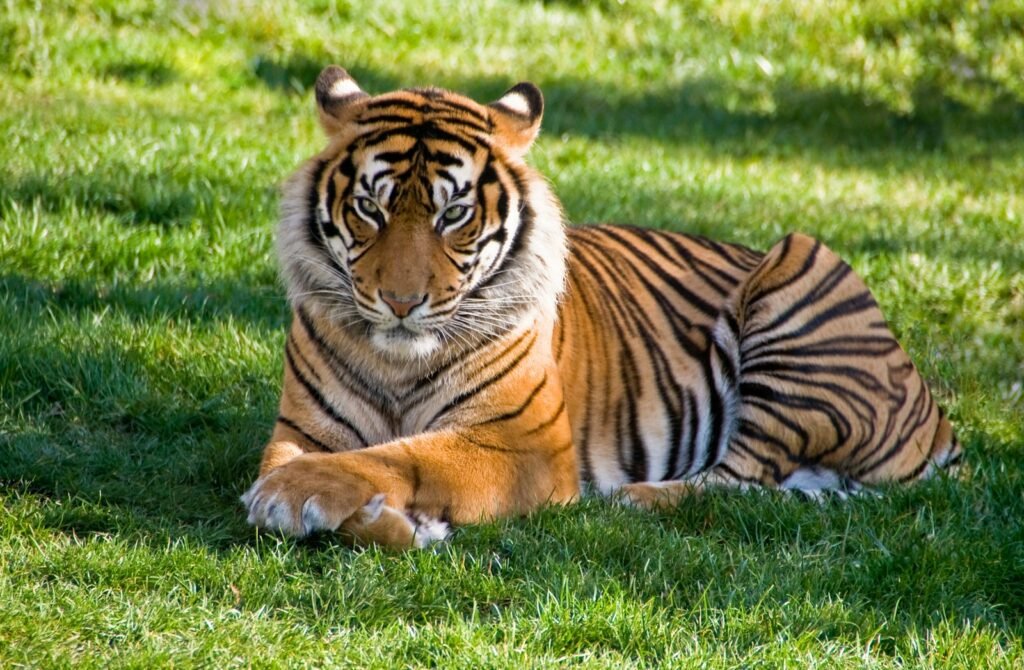
For big cats like lions, understanding and integrating into the social hierarchy is crucial from a young age. Cubs learn their place within the pride through interactions with their siblings and other members. This early exposure to hierarchical structures helps them understand social dynamics and prepare for their eventual roles as adults within their groups, enhancing the cohesion and function of the pride.
Survival Lessons: Hardships as Training Grounds
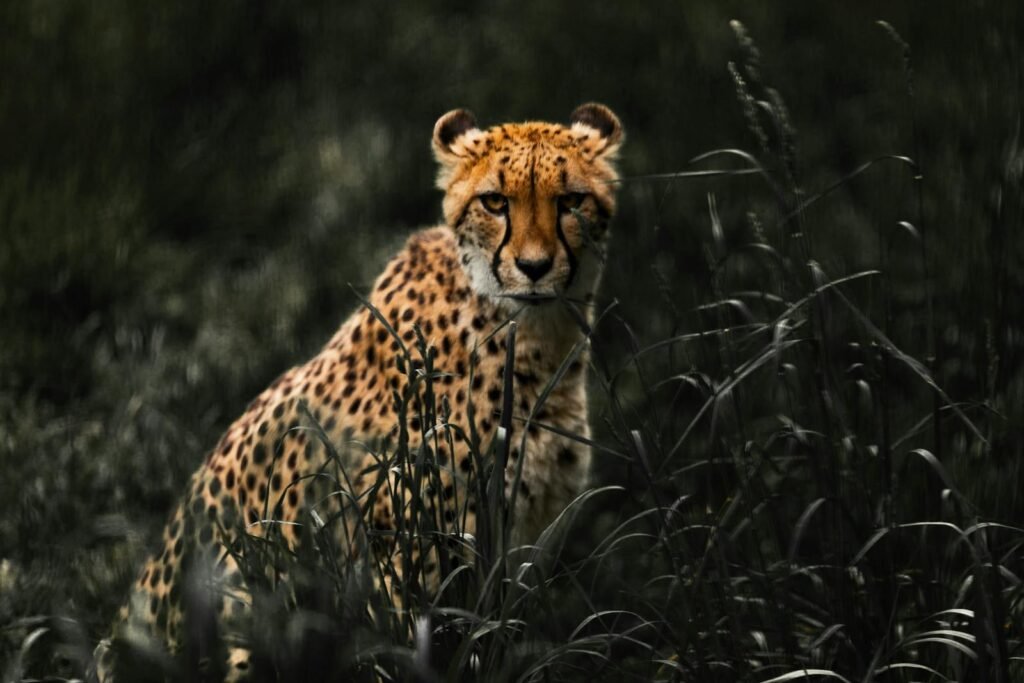
Big cat mothers are adept at preparing their cubs for the challenges of adulthood. As the cubs grow, mothers increase the complexity of their teachings. Cubs learn to navigate tough environments, endure the harsh realities of weather conditions, and avoid potential threats. These lessons, though rigorous, are vital for instilling the resilience and tenacity needed to thrive in the wild.
Bonding Through Grooming
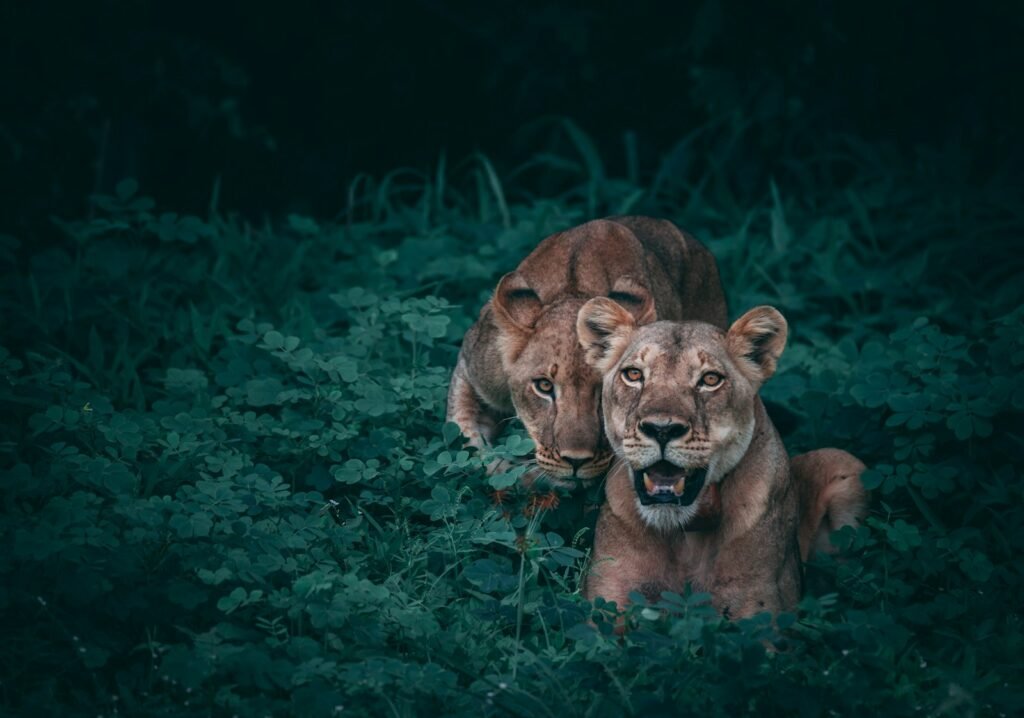
Grooming is a significant way big cats nurture their bonds with their cubs. This behaviour is not just about hygiene; it reinforces social bonds and affection between mother and cubs. Grooming sessions provide comfort and reassurance, strengthening the emotional connections within the feline family. Through these attentive moments, cubs learn to trust and rely on their mothers.
The Short but Impactful Parental Phase
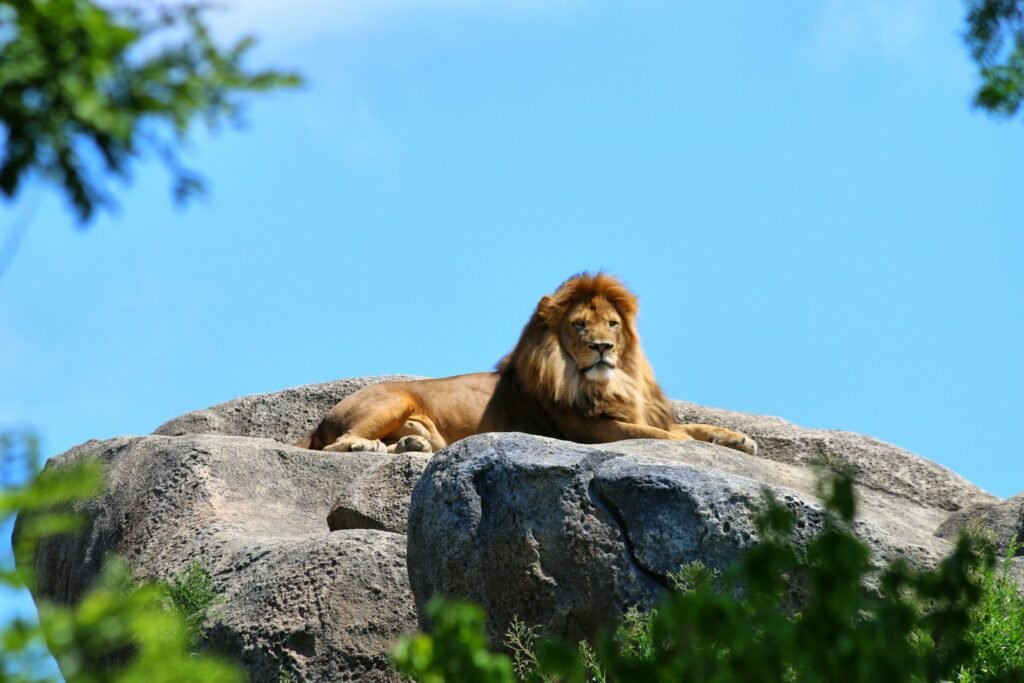
The time big cat mothers spend with their cubs is profoundly formative yet relatively brief. This period usually lasts up to two years, depending on the species. Despite the short duration, the knowledge, skills, and instincts that mothers impart remain with the cubs for life, equipping them for their independent journeys as formidable predators.
Conclusion
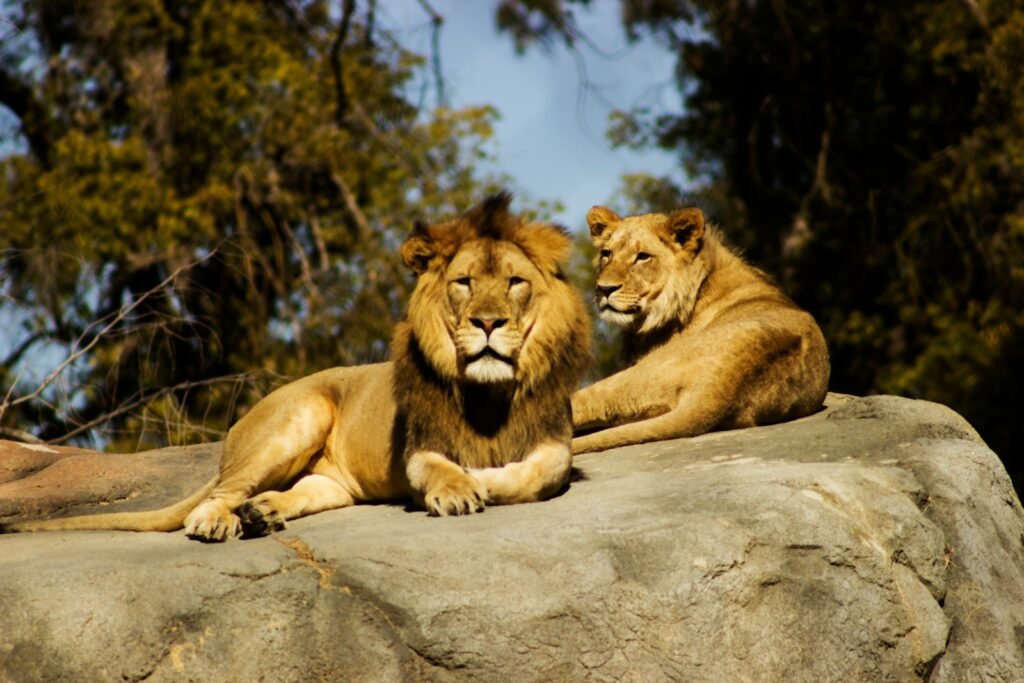
The nurturing journey of big cats is a testament to the delicate balance between instinct and learned behaviour that these magnificent creatures manage with grace. From solitary endurance to shared responsibilities within prides, the way big cats raise their young is a poignant reminder of the complexities and wonders of wildlife parenting. These captivating facets of maternal care highlight the enduring bond between mother and cub, showcasing the resilience and adaptability required to thrive in their natural habitats. Understanding these aspects enriches our appreciation of these remarkable animals and their role in the delicate tapestry of the wild.
Hi, I’m Bola, a passionate writer and creative strategist with a knack for crafting compelling content that educates, inspires, and connects. Over the years, I’ve honed my skills across various writing fields, including content creation, copywriting, online course development, and video scriptwriting.
When I’m not at my desk, you’ll find me exploring new ideas, reading books, or brainstorming creative ways to solve challenges. I believe that words have the power to transform, and I’m here to help you leverage that power for success.
Thanks for stopping by, Keep coming to this website to checkout new articles form me. You’d always love it!






